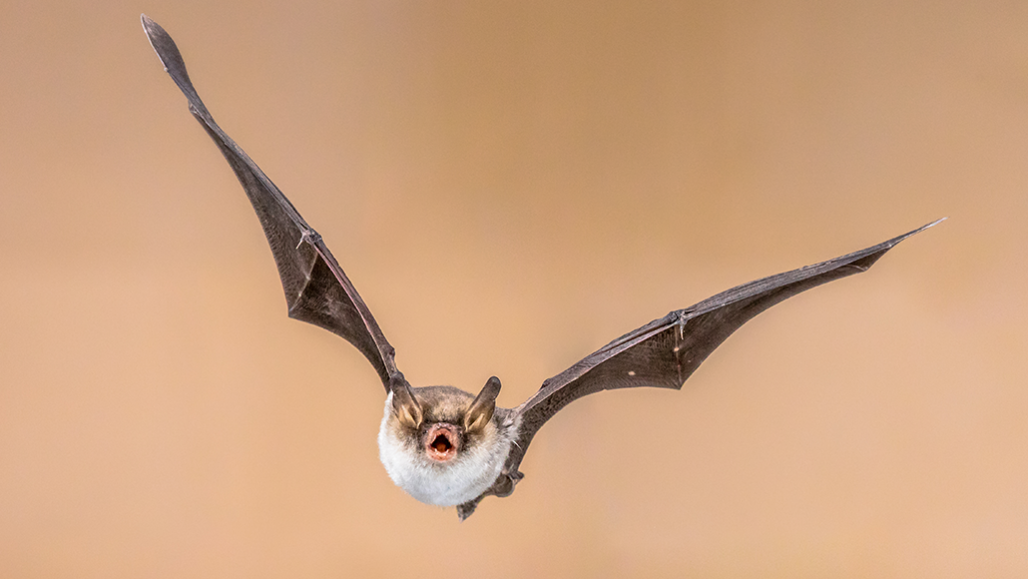bat: A type of winged mammal comprising more than 1,100 separate species — or one in every four known species of mammal. (in sports) The usually wooden piece of athletic equipment that a player uses to forcefully swat at a ball. (v.) Or the act of swinging a machine-tooled stick or flat bat with hopes of hitting a ball.
dolphins: A highly intelligent group of marine mammals that belong to the toothed-whale family. Members of this group include orcas (killer whales), pilot whales and bottlenose dolphins.
echo: To bounce back. For example, sound bouncing off walls of a tunnel, and returning to their source. Radio waves emitted above the surface can also bounce off the bedrock underneath an ice sheet — then return to the surface.
echolocation: (in animals) A behavior in which animals emit calls and then listen to the echoes that bounce back off of solid things in the environment. This behavior can be used to navigate and to find food or mates. It is the biological analog of the sonar used by submarines.
environment: The sum of all of the things that exist around some organism or the process and the condition those things create. Environment may refer to the weather and ecosystem in which some animal lives, or, perhaps, the temperature and humidity (or even the placement of things in the vicinity of an item of interest).
insect: A type of arthropod that as an adult will have six segmented legs and three body parts: a head, thorax and abdomen. There are hundreds of thousands of insects, which include bees, beetles, flies and moths.
navigate: To find one’s way through a landscape using visual cues, sensory information (like scents), magnetic information (like an internal compass) or other techniques.
prey: (n.) Animal species eaten by others. (v.) To attack and eat another species.
shrew: A mouse-sized, insect-eating mammal. Related to moles, it’s chiefly active at night. Shrews have a long, pointed snout and tiny eyes. Despite looking somewhat mouse-like, a shrew is not a rodent (which a mouse is).
sonar: A system for the detection of objects and for measuring the depth of water. It works by emitting sound pulses and measuring how long it takes the echoes to return.
sound wave: A wave that transmits sound. Sound waves have alternating swaths of high and low pressure.
submarine: A term for beneath the oceans. (in transportation) A ship designed to move through the oceans, totally submerged. Such ships — especially those used in research — are also known as submersibles.
survey: To view, examine, measure or evaluate something, often land or broad aspects of a landscape.
technology: The application of scientific knowledge for practical purposes, especially in industry — or the devices, processes and systems that result from those efforts.
ultrasound: (adj. ultrasonic) Sounds at frequencies above the range that can be detected by the human ear. Also the name given to a medical procedure that uses ultrasound to “see” within the body.
wave: A disturbance or variation that travels through space and matter in a regular, oscillating fashion.








